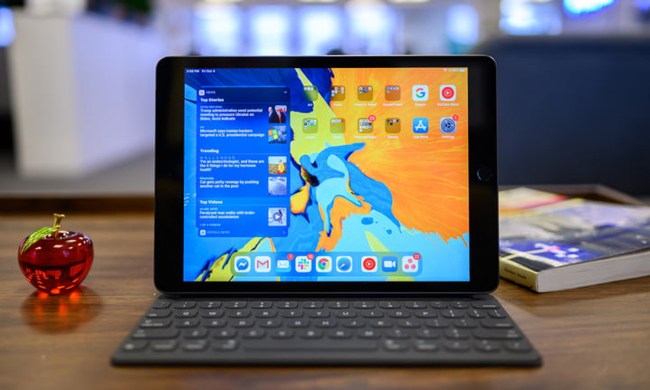Xiaomi, the Chinese smartphone brand known for its competitively priced and technically impressive hardware, has revealed a successor to the only tablet in its range. It’s called the MiPad 2, and it follows the original MiPad launched back in May 2014. Unlike other companies, Xiaomi isn’t that bothered about sticking to an annual refresh of key models. It announced the Redmi Note 3 alongside the MiPad 2, which follows the Note 2 announced in August 2015.
What’s new with the MiPad 2? The major alterations begin with the processor. The MiPad was notable due to it being the first device to use the Nvidia Tegra K1 chip, but Xiaomi hasn’t returned to the Tegra range for the MiPad 2. It hasn’t run to Qualcomm either, preferring to use Intel’s new Z5 Z8500 ‘Cherry Trail’ Atom chip that runs at 2.25GHz with 2GB of RAM. The Atom chip was recently seen inside the new Asus Transformer Book, but running at a far slower speed.
The body is made from metal but is thinner and lighter than the MiPad. It’s 322 grams and 6.95mm thick, which for comparison is slightly thicker and heavier than the 298 gram, 6.1mm thick Apple iPad Mini 4 — the device which Xiaomi is likely targeting with the MiPad 2.
The screen size is the same as Apple’s latest small tablet at 7.9-inches, and the resolution is also 2048 x 1536, providing the same 326ppi pixel density. An 8-megapixel camera is on the rear, a 5-megapixel camera around the front, and a big 6190mAh battery inside that’s charged using a new USB Type-C port.
Finally, the tablet runs MIUI 7, Xiaomi’s version of Android, with tablet-focused enhancements such as a reading mode and a smart button system which deactivates the keys when holding both sides of the device. Available in dark grey and champagne gold, the MiPad 2 comes with either 16GB or 64GB internal memory. The price is a very reasonable $156 or $203 respectively. The iPad Mini 4 starts at $400.



